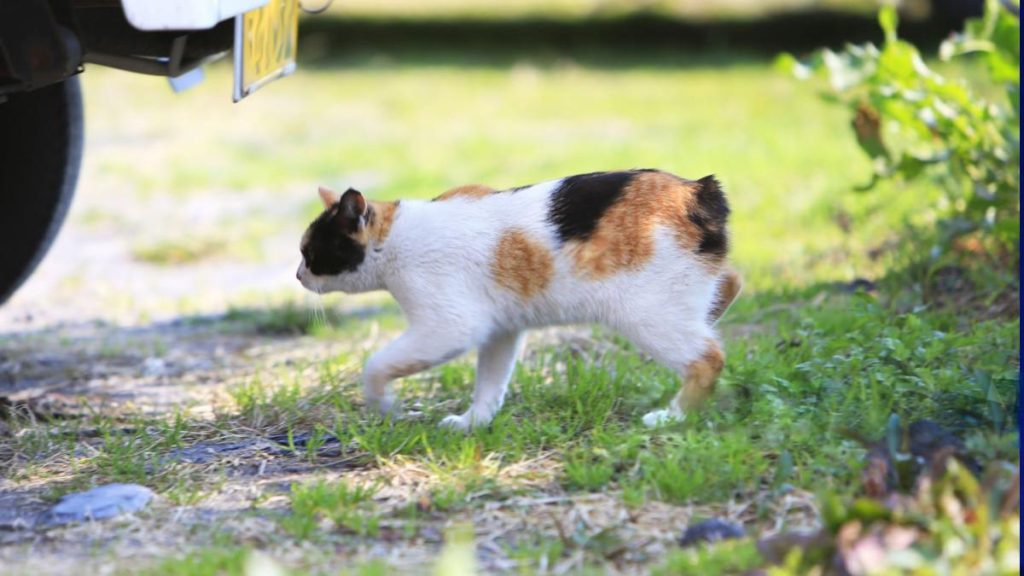The Japanese Bobtail is more than just a cat; it’s a symbol of luck, elegance, and cultural heritage. Famous for its distinctive short “pom-pom” tail and lively personality, this breed has fascinated cat lovers for centuries. The Japanese associated the Bobtail with good fortune and happiness, and artists famously depicted it in traditional Japanese art and the iconic “Maneki-Neko” (beckoning cat) figurine.
Unlike many other cat breeds, the Japanese Bobtail has a rich and well-documented history that blends seamlessly with the traditions and beliefs of Japanese society. People celebrate them for their intelligence, affectionate nature, and playful spirit, making them a beloved companion for families worldwide. Whether you feel drawn to their unique appearance, wonder about their symbolism, or plan to adopt one into your home, the Japanese Bobtail promises both beauty and charm.
In this guide, we will explore everything about the Japanese Bobtail, its history, personality traits, grooming needs, health tips, and why it remains one of the most iconic cat breeds in existence today.
A Tail Unlike Any Other: The Breed’s Most Distinctive Feature
The Japanese Bobtail is instantly recognizable by its short, bunny-like tail, which is the result of a natural genetic mutation. Unlike other bobtailed breeds, the Japanese Bobtail’s tail is unique to each cat—no two tails are alike!
History of the Japanese Bobtail
The Japanese Bobtail is one of the oldest and most revered cat breeds in the world, with a history that spans over 1,000 years. Its origins can be traced back to ancient Japan, where it was celebrated in art, literature, and folklore.
Ancient Beginnings
Cultural Icon
The Japanese Bobtail holds a special place in Japanese culture. It is famously depicted in the Maneki-neko, or “beckoning cat,” a common figurine believed to bring good fortune and prosperity. The raised paw of the Maneki-neko is said to invite wealth and happiness, and its design is often inspired by the Japanese Bobtails.
Final Thoughts
The Japanese Bobtail is an extraordinary breed that combines elegance with playfulness. With its unique short tail, charming personality, and cultural significance, this cat is not just a pet, it’s a living piece of history. Owning a Japanese Bobtail means welcoming a loving, intelligent, and spirited companion into your life, one that will bring joy and positive energy to your home.
If you’re looking for a cat that is affectionate, easy to groom, and full of personality, the Japanese Bobtail is a perfect choice. Beyond its aesthetic beauty, it offers companionship, adaptability, and a touch of good luck a trait that has made it a favorite in households for centuries.
Frequently Asked Questions (FAQs)
Q1. What makes the Japanese Bobtail unique?
The Japanese Bobtail is known for its short, pom-pom-like tail, graceful body, and strong cultural association with good luck in Japan.
Q2. Are Japanese Bobtail cats friendly?
Yes! They are social, affectionate, and love interacting with their family members, making them perfect companions.
Q3. Do Japanese Bobtails require special grooming?
Not much! Their coat is easy to maintain with regular brushing, whether they are short-haired or long-haired.
Q4. Are Japanese Bobtail cats rare?
Yes, they are relatively rare outside Japan, which adds to their unique charm and value.
Q5. Are Japanese Bobtails good with children and other pets?
Absolutely. They are playful, gentle, and get along well with kids and other animals.


